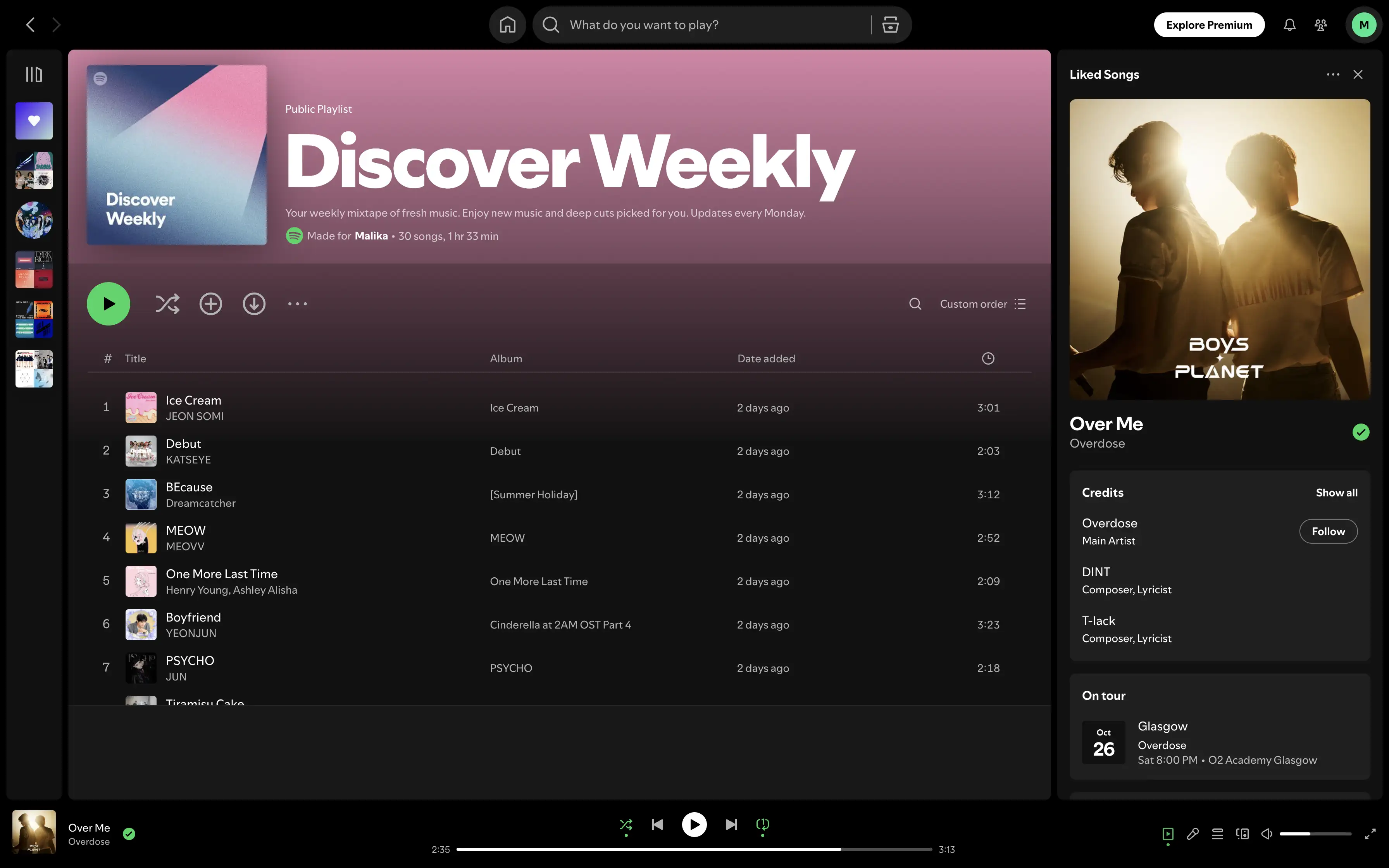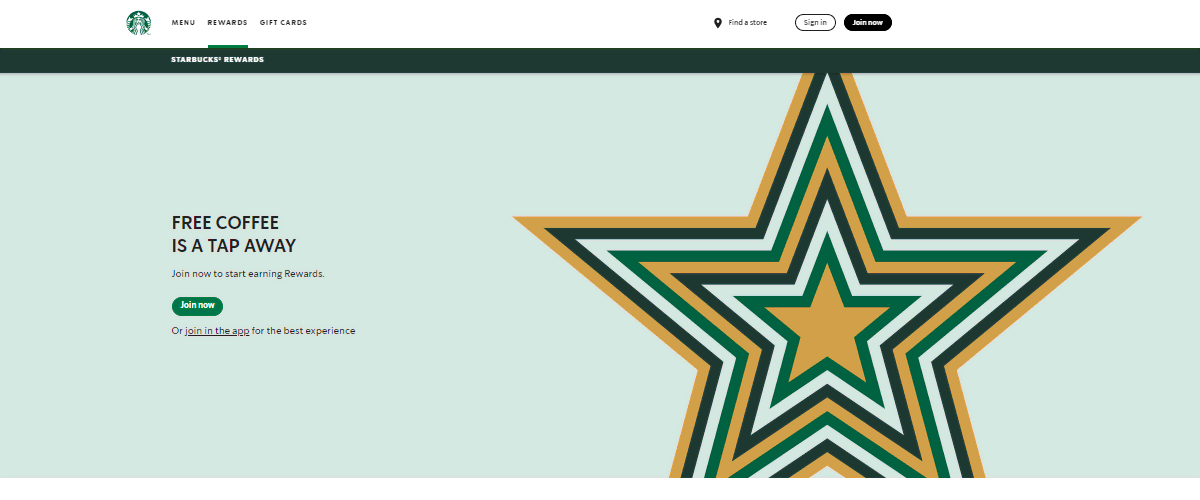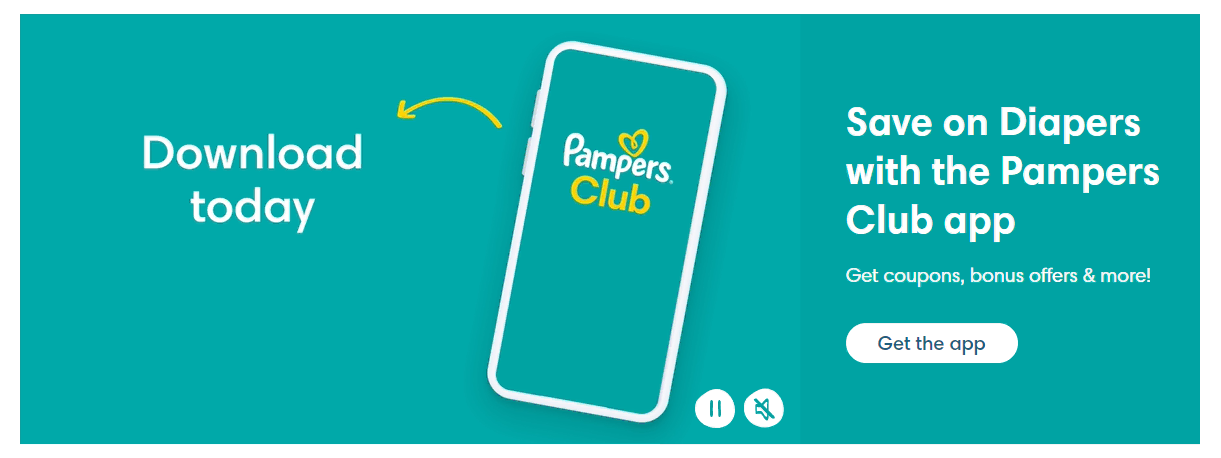.webp)
The rise of e-commerce, artificial intelligence, personalization, and sustainability is rapidly transforming the modern business landscape. Yet amid all this change, one thing remains constant: the importance of building and maintaining long-lasting customer relationships. With access to more data and an ever-expanding array of products and services, customer retention should be a top priority for companies. Companies that quickly adapt to customer loyalty trends will gain a significant competitive advantage.
In this blog, we’ll explore the key trends that will shape the customer loyalty industry in the coming years.
Why is Customer Loyalty Important?
Today, it is nearly impossible to envision a successful brand without a strong community of loyal fans. Loyalty is a key driver of success for any business, regardless of its stage of development. In the early stages, it helps build a base of regular customers. For larger brands, loyal customers are essential for maintaining market share.
Loyal customers tend to buy more over time and are a major revenue source for any brand. That’s why many companies invest in loyalty programs - to nurture lasting relationships and turn satisfied customers into brand advocates. These customers are less likely to switch to competitors and bring long-term value while reducing the need for costly advertising. Furthermore, they are a valuable source of insight, always ready to share their opinions and experiences which can be a goldmine for improving your product.
Research shows that repeat customers are 31% more likely to spend more per purchase. Not only are they inclined to buy more over time, but customers who have an emotional connection with a brand are also 71% more likely to recommend it to others. Furthermore, 79% of customers are more likely to recommend brands that have great loyalty programs.
The Current State of Loyalty
Loyalty programs can give brands a competitive edge by strengthening customer relationships but success isn’t guaranteed. A one-size-fits-all approach often fails, as many entrepreneurs overlook the fact that customers differ, as do the ways to engage with them.
High churn rates and low engagement are some of the reasons why relying solely on purchase points doesn’t always work. It’s the emotional connection with your customers, shared values, and thoughtful customer segmentation that matters most.
Personalized experiences can save businesses up to 28% on customer acquisition and retention. What’s more, 62% of business leaders say personalization has helped them keep more customers coming back. Personalization isn’t the only strategy that works; brands are now joining forces through partnership programs to offer more benefits and a better customer experience.
Customer loyalty programs aren’t just about differentiation, retention, and long-term growth; they also help with customer acquisition. In today’s loyalty-driven market, 65% of a company’s revenue comes from repeat customers, proving that long-term relationships matter more than ever.
How Gen X, Millennials, and Gen Z are Shaping Loyalty Program Trends
Not all loyalty programs work for every customer. Different generations engage with them in different ways. To build lasting connections, brands need to understand what Gen X, Millennials, and Gen Z value most in their loyalty experience.
Generation X
Established adults take a practical approach to customer loyalty. They prefer long-term, proven programs from brands they trust, especially those that offer tangible rewards such as discounts, cashback, free shipping, early access to sales, or VIP treatment. These benefits provide practical, meaningful value. Gen X, in particular, tends to exhibit strong brand loyalty and typically won’t switch brands for a minor discount. Their loyalty is often built on consistent brand experiences and genuine value.
Millennials
Millennials want more than just points, they’re looking for loyalty programs that feel personal, digital-first, and genuinely rewarding. They’re drawn to brands that offer meaningful perks, like bonuses they can use across different situations or earn through social sharing and referrals.
Seamless integration into everyday life is a must. Convenience, mobile access, and a sense of purpose - think sustainability or social impact are main drivers of their loyalty. For this generation, it’s not just about what they get, but how it fits into their lifestyle and values.
Zoomers or Generation Z
Similar to Millennials, Zoomers seek loyalty programs that are personalized and omnichannel. They are drawn to gamified experiences, instant rewards, and programs that reflect their values, particularly those related to sustainability, inclusivity, and social impact. They prefer to communicate via mobile apps and social networks. While Zoomers are likely to respond to a message, they are unlikely to answer a phone call, especially if it’s about a request to discuss a recent interaction with customer support.
Customer Loyalty Trends to Follow in 2025
Understanding customer loyalty trends is crucial for companies aiming to thrive in a competitive landscape. These trends reflect shifting consumer preferences around the globe and highlight the importance of aligning loyalty programs with what customers truly value. By keeping up with these changes, brands can build stronger relationships, drive retention, and stay ahead of the curve. Here are 10 key trends to watch for in the coming year:
AI and Personalization
Today, most brands and marketers are already using AI to deliver faster, more personalized customer experiences, while others are planning to follow suit. Amid the growing battle for consumer attention and marketing costs on the rise, implementing AI makes perfect sense. It helps predict audience behavior, personalize offers, and automate customer interactions. A survey by Epsilon found that 80% of consumers are more likely to buy from brands that offer personalized experiences.

By analyzing large amounts of customer data, AI-driven personalization is becoming a key loyalty trend for 2025, allowing companies to provide highly customized experiences to every individual client. AI transforms loyalty programs by boosting customer segmentation, delivering timely and relevant rewards, and predicting churn before it happens. If a loyalty program incorporated AI, 39.6% of customers would be more inclined to sign up for it.
What’s more, over half of businesses (56%) now use AI in customer support. By combining tools like chatbots with human support and insights from predictive analytics, you can enhance your loyalty strategy and foster stronger emotional ties with your customers.
Emotional Loyalty
“You cannot buy loyalty … You have to earn these things”
Clarence Francis
In the same way, emotional loyalty isn’t something you can buy, it’s earned through authentic actions and the trust they create. A study by Harvard Business Review revealed that customers who feel an emotional bond with a brand are 52% more valuable than those who are simply satisfied. Emotions play a crucial role in driving profitable customer behavior, shaping how much they spend, their loyalty, advocacy, and customer lifetime value.
By offering transparent information about your products, services, pricing, and policies and by answering customer questions, you make people feel respected. When customers know what to expect and feel that a brand is honest with them, it builds trust and strengthens the emotional bond.
Social media provides businesses with the ideal platform for two-way dialogue. By responding to comments and understanding customer pain points, you can improve your product or service and win their hearts. Loyalty programs can further deepen that connection: reward customers for following your Instagram, leaving reviews, or sharing user-generated content (UGC), and they’ll feel seen, and emotionally invested in your brand while also enabling you to better personalize offers, rewards, and communication to meet their needs.
Sustainability and Green Loyalty
Sustainability is becoming an important factor in Gen Z and Millenials’ purchasing choices and habits. According to the studies, 65% of Gen Zs and 63% of Millennials said they would be willing to pay more for environmentally friendly products and services, and about 25% said they have already researched a company's environmental impact or policies before making a purchase.
A joint study by McKinsey & Company and NielsenIQ found that companies promoting sustainability-marketed products see a higher repeat purchase rate. This suggests customers are more loyal to brands that make strong sustainability commitments. Today, what matters most is building genuine connections and showing that your values align through meaningful actions that make a difference.
.webp)
Nudie Jeans promotes conscious consumption with their “forever jeans” made from fair-trade organic cotton and offering free lifetime repairs. Customers get a discount on new or vintage pairs when they return used jeans, which are then repaired, resold, reused, or recycled. So far, the company has repaired an impressive 500,000 pairs.
Subscription-Based Loyalty
Subscription-based programs, also known as premium loyalty programs or paid loyalty programs are rapidly gaining traction, and this customer loyalty trend is set to become even more significant in 2025. Surprisingly, many customers are now willing to pay extra for exclusive perks, personalized experiences, and higher-value rewards. As competition intensifies, brands offering subscription-based loyalty programs can nurture meaningful relationships with their most committed customers, ensuring sustained revenue and long-term loyalty.
By 2026, subscription loyalty programs are set to play a bigger role in customer loyalty. Consumers are willing to pay more for access to higher-quality products and services, with 12% of retail subscribers using them to secure items unavailable elsewhere.

For example, when discussing subscription loyalty, Amazon comes first to mind. For 139$, Amazon Prime provides fast, free shipping, access to Prime Video, ad-free music, exclusive deals, and more value through integrated entertainment and shopping perks. In 2025, loyalty programs like Prime are crucial for retention by offering greater convenience and exclusive benefits that enhance everyday value.
What is your current returning customer rate?
Want to close the gap?
Tiered Loyalty
Tiered loyalty programs are here to stay, with 67% of businesses using them. Why? They’re popular because they tap into basic psychology - people love a sense of achievement and are motivated to reach higher tiers for better rewards. This structure gives customers something to work toward, creating a sense of progress and status.
Unlike one-size-fits-all programs, tiers allow brands to reward their most loyal shoppers with exclusive perks and personalized experiences. The primary goal is to boost engagement and spending, which is why businesses should consider incorporating them into their loyalty strategies if they align with their needs. These programs also help brands quickly identify and segment their most valuable customers. By analyzing purchasing behavior, companies can tailor offers that better meet individual needs.
They also encourage long-term brand loyalty by keeping high-value customers engaged. Best of all, tiered programs are flexible and can evolve as your business grows.
.webp)
Gamified Loyalty
Gamification is not just a passing trend, as it’s a powerful tool for driving customer loyalty. According to a study conducted by the Canadian marketing firm Snipp Interactive, gamification of loyalty programs can raise brand awareness by 15%, increase consumer engagement by 47%, and enhance brand loyalty by 22%.
Modern loyalty programs now include features like challenges, quizzes, "peel to reveal," and "scratch to win" games that make earning rewards fun and engaging. These elements tap into customers’ desire for instant gratification and entertainment. Instead of simply collecting points, shoppers enjoy playing their way to rewards.
More than ever, customers want to engage with the brands in ways that feel enjoyable, and tailored to them. Gamified experiences provide exactly that while also collecting valuable data and boosting retention. As competition intensifies, brands that embrace gamification can stand out and build stronger emotional connections. When done right, it turns loyalty into an experience, not just a transaction.
Adidas offers adiClub, a gamified loyalty program where members earn points not just from purchases but also by tracking fitness activities like running, cycling, and hiking. As members progress, they unlock higher tiers and rewards based on real-world actions, keeping them actively engaged and loyal.
Omnichannel Loyalty
In 2025, an omnichannel loyalty program will be crucial because it provides a cohesive customer experience across all channels - online and offline. This omnichannel approach increases customer engagement, allowing brands to collect valuable customer data and personalize rewards in real-time.
By integrating various channels, businesses can build stronger relationships with customers, leading to increased loyalty and higher sales. Furthermore, it enables companies to respond more effectively to shifting customer preferences, fostering long-term retention. As customer expectations continue to evolve, brands that align with this loyalty program trend will remain relevant in a competitive market.

Starbucks exemplifies omnichannel loyalty by letting customers earn and redeem rewards seamlessly across its app, website, and stores. This ensures a consistent and engaging customer experience, boosting retention and loyalty.
Mobile-First Loyalty Programs
According to YouGov Global Profiles, over 45% of people worldwide use their phones to shop online every day. That’s why implementing mobile loyalty programs is essential for building and strengthening customer loyalty in the upcoming year. Mobile-first loyalty programs provide customers with a seamless, omnichannel experience, on-the-go access to rewards, personalized offers, and easy point tracking.
In 2025, as consumers increasingly expect frictionless digital experiences, brands that optimize loyalty programs for mobile will stay ahead. What’s more, push notifications and in-app engagement provide timely nudges that boost retention, making these programs a key driver of repeat business.

Pampers Rewards is an excellent example of a mobile loyalty program that boosts customer engagement. Users earn points by signing up and scanning codes on Pampers products, which they can redeem for personalized rewards.
Premium Loyalty Programs
Premium loyalty programs are another growing trend. They offer exclusive benefits like fast free shipping or early access to sales, in exchange for a membership fee - similar to the Barnes & Noble membership. This membership offers perks such as free shipping, 10% discounts in stores and online, and early access to special events and editions for an annual fee of $39.99.

Unlike traditional loyalty programs that rely on points or purchases over time, these programs give instant rewards. They attract customers who want quick value and special perks, encouraging them to engage more often. For businesses, premium loyalty boosts customer retention and brings in steady income through subscription fees. This approach meets modern customers' demand for fast rewards and VIP treatment.
Generation-Based Offers
Generation-based offers are another trend to watch closely. Brands customize rewards to align with the preferences of specific age groups, such as Gen Z, Millennials, and Gen X. Each generation values different things - Gen Z may prefer discounts offered through social media, while Millennials lean toward experiences like travel.
Moreover, younger consumers increasingly prioritize sustainability, seeking eco-friendly products and practices from the brands they support. In contrast, older generations often favor VIP treatments, such as personalized experiences and exclusive benefits. By aligning offers with these preferences and incorporating sustainable options, companies can enhance engagement, boost retention, and strengthen emotional connections, fostering long-term loyalty.
Conclusion
The customer loyalty trends of 2025 reveal a landscape where brands must adapt to evolving consumer expectations. It’s no longer just about driving sales; it’s about creating genuine long-term connections through personalized, value-driven experiences. Moving forward, brands that embrace sustainability, leverage data insights, incorporate gamification elements into their loyalty strategies, and tailor offers to different generations will stand out in an increasingly competitive market. The future of loyalty looks promising for those willing to innovate and focus on what truly matters to their customers.
FAQ
Why is customer loyalty important?
Loyal customers drive repeat business, refer others, reduce marketing costs and offer valuable feedback. They’re more likely to try new products and are forgiving of occasional issues, making them essential for sustainable growth, brand reputation, and long-term profitability.
What are the key customer loyalty trends to expect in 2025?
In 2025, loyalty will revolve around AI-powered personalization, emotional connections, the integration of sustainability into loyalty programs, seamless omnichannel experiences, tiered incentives, gamified programs, and mobile-first engagement through apps. Brands will leverage data insights to foster meaningful connections and enhance engagement across all platforms.
What strategies can brands implement to enhance customer loyalty in 2025?
To boost customer loyalty in 2025, brands should leverage AI-driven hyper-personalization, foster community through social platforms, immersive experiences, and gamification, and offer sustainable, eco-friendly products. Subscription models, exclusive rewards, seamless omnichannel experiences, and transparency will build trust. Emphasizing diversity, inclusivity, and customer feedback will further strengthen connections.
Trusted by over 15000 brands running on Shopify








